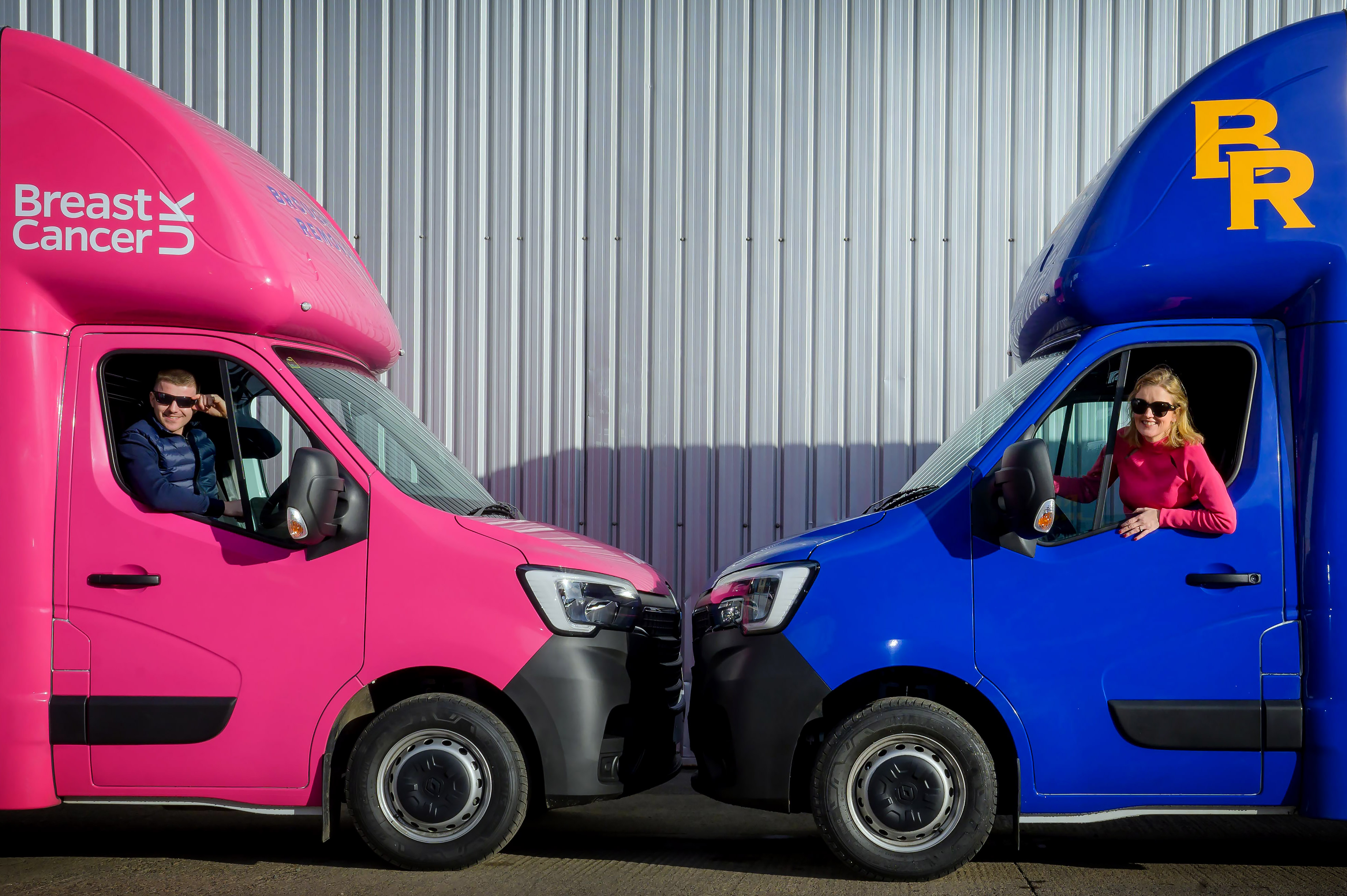The public care about charities. They value the work charities do and they recognise its importance. Four in five people benefit from a charity’s services. Individuals in the UK give £15 billion as a result of charity fundraising every year. And they, rightly, expect high standards from us, ensuring their money works hard in making a difference for our causes.
But their expectations go further; simply doing good is not enough. How we do that good, how we protect and safeguard those that we come into contact with in our charitable work, and how we treat our staff and volunteers are fundamental questions.
Safeguarding issues in international aid organisations have been front page news, but there have also been revelations closer to home, with the scandal of the Presidents Club exposed earlier in the year. The public was understandably shocked by the behaviours exposed, and rightly demanded strong and clear action to improve practices. A huge amount of work is now going on to review and improve safeguarding from government, regulators, and charities themselves.
The fundraising community has a significant responsibility in this area. Safeguarding and safety has to be embedded within everything we do. Alongside ensuring beneficiaries and those we work with in delivering services are safe, we also need to look after our fundraising colleagues, our volunteers, our event participants and our donors.
So what needs to be done? In relation to fundraising, the Code of Fundraising Practice is clear in its prescriptions around the need for effective safeguarding procedures to be in place. There are also legal and regulatory requirements to protect vulnerable people, which require the reporting of serious incidents.
Rules and regulations are essential in setting clear requirements and holding organisations to account if things go wrong. But without the right values, culture, and behaviours embedded by each and every charity, the safeguarding of everyone who comes into contact with our fundraising activities cannot be achieved.
Many charities already have established safeguarding policies. Once the trustees and executive team are happy that they are fit for the organisation at this moment in time, the next practical step is to ensure that those who work for the charity put them into practice.
A parliamentary report into the aid sector found that some had started policies as a means of reputational management, but not fully implemented them. We need to prove that these measures have been developed to bring about meaningful change.
The recent report from the Fundraising Regulator on the Presidents Club found that ‘the Presidents Club and its trustees had little awareness of the expectations around fundraising’. They focused on giving their guests ‘a good time’ with no regard for the women who were working at the dinner, with the fig leaf of ‘raising money’ used as a cover to justify the means. This was as unacceptable then as it is now. Our responsibilities as leaders within charities require us to ensure that everyone is treated properly.
At a practical level, that means organisations have to understand and use DBS checks properly, implement proper recruitment practices and have regular specialised training for staff and volunteers, while embedding specific and appropriate policies and procedures. The recent guidance that the IoF has published about safeguarding and safety in fundraising provides a useful overview.
Getting this right is not only essential in itself, but will mean we are better able to deliver for our causes. Our employees and volunteers will feel safe and supported, both in improving the services we provide, and the way we raise the funds we need. Many of our causes will need us to be here for years to come. In order to safeguard the future of our causes we need to ensure our campaigns, our services and our fundraising are all properly safeguarded.
Peter Lewis is the chief executive of the Institute of Fundraising
Charity Times video Q&A: In conversation with Hilda Hayo, CEO of Dementia UK
Charity Times editor, Lauren Weymouth, is joined by Dementia UK CEO, Hilda Hayo to discuss why the charity receives such high workplace satisfaction results, what a positive working culture looks like and the importance of lived experience among staff. The pair talk about challenges facing the charity, the impact felt by the pandemic and how it's striving to overcome obstacles and continue to be a highly impactful organisation for anybody affected by dementia.
Charity Times Awards 2023
Mitigating risk and reducing claims

The cost-of-living crisis is impacting charities in a number of ways, including the risks they take. Endsleigh Insurance’s* senior risk management consultant Scott Crichton joins Charity Times to discuss the ramifications of prioritising certain types of risk over others, the financial implications risk can have if not managed properly, and tips for charities to help manage those risks.
* Coming soon… Howden, the new name for Endsleigh.
* Coming soon… Howden, the new name for Endsleigh.
Better Society

© 2021 Perspective Publishing Privacy & Cookies










Recent Stories